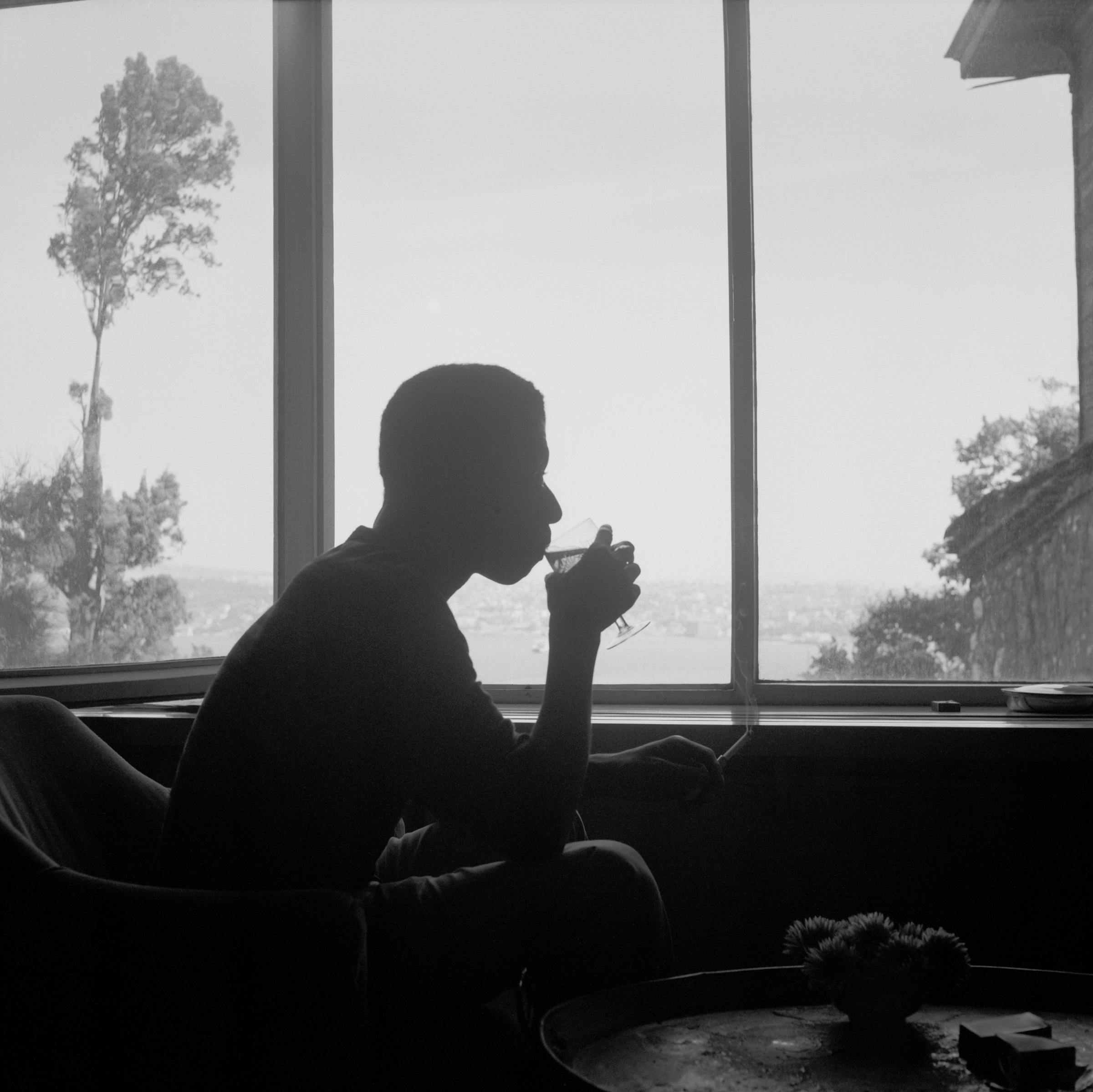August 2 marks the centennial anniversary of James Baldwin’s birth. As one of the most influential voices to come out of the 20th-century Civil Rights Movement, his words bore witness to the racial strife and homophobia he and countless others experienced in the United States. Nearly four decades after his death at 63, books and plays like Go Tell It on the Mountain (1953), The Fire Next Time (1963), Blues for Mister Charlie (1964), and If Beale Street Could Talk (1974) continue to echo truths in the face of today’s injustices and inspire new generations of writers, artists, and activists globally.
At the Smithsonian Institution’s National Portrait Gallery, the recently opened exhibition This Morning, This Evening, So Soon: James Baldwin and the Voices of the Queer Resistance traces his life and lasting influence through a global network of friends — many of whom were other queer activists and artists — drawing from a wealth of archival media, documents, and artworks.
As a masterful wordsmith and outspoken civil rights activist, Baldwin’s influence touched the lives of many both within and beyond the United States. Originally from Harlem, he traveled to nations such as France and Turkey in an effort to escape the racism and sexual discrimination of his home country. It was these countries that helped inspire and provide the backdrop for much of Baldwin’s writing, including the widely heralded novel Giovanni’s Room (1956), which chronicles the story of an American man grappling with his sexuality upon meeting an Italian bartender in Paris.
He also collaborated and cultivated close friendships with prominent activists like Malcolm X and Martin Luther King Jr., as well as writers including Maya Angelou and Toni Morrison and musicians and artists such as Nina Simone and Beauford Delaney.

This Morning, This Evening, So Soon was curated by the museum’s Director of Curatorial Affairs Rhea Combs in consultation with writer Hilton Als, who also curated the 2019 exhibition God Made My Face: A Collective Portrait of James Baldwin and edited the art and essay collection of the same name.
Continuing through April 20, 2025, the one-room show, titled after a 1960 short story by Baldwin, paints a comprehensive portrait of the author through the creative friendships that helped shape him and his work, spotlighting individuals like lawyer and educator Barbara Jordan, playwright Lorraine Hansberry, activist Bayard Rustin, and the poet-filmmakers Essex Hemphill and Marlon Riggs, whose lives intertwined with his own.
“He has been a torch-bearer for so many things that still hold true for today,” Combs said in a recent Essence interview ahead of the show’s opening.
“I think that his legacy is about being able to speak truth to power, and that it is important to be able to live in your truth, and to do that creatively, to do that unapologetically, and to make sure that you use your art or your time on this planet in a way that is seeped in love.”






